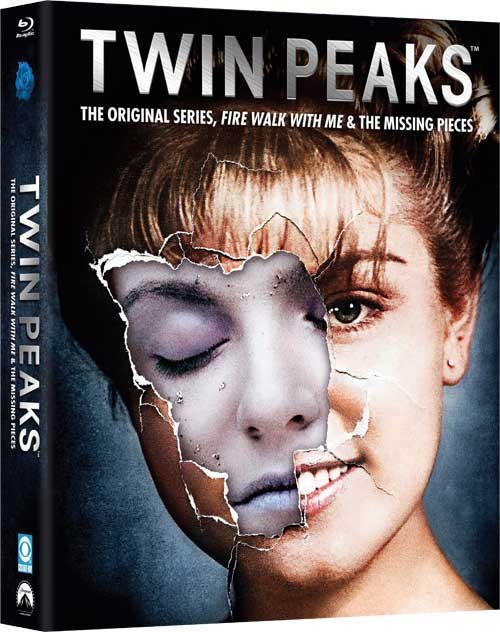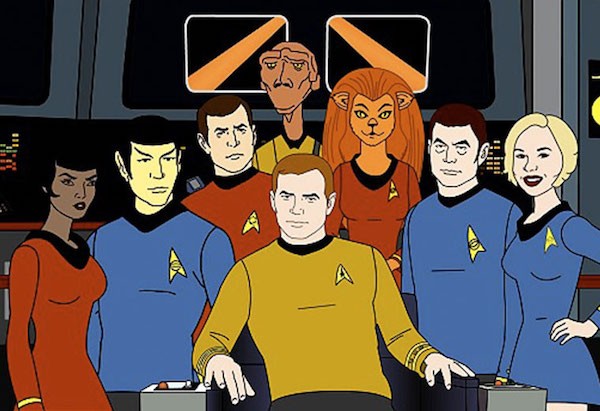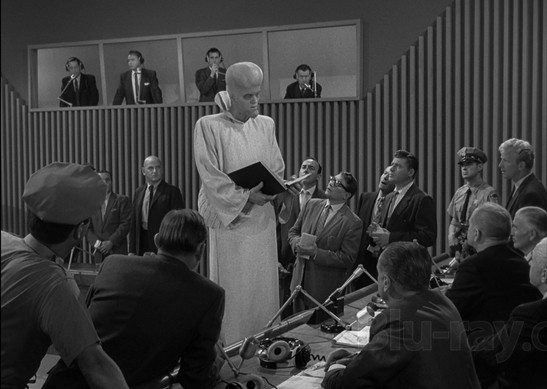Looking for a gift for the cinephile in your life? Tired of your Blu Ray player sitting alone on the shelf? Need more stuff to binge watch? Three new releases of classic TV shows will fill stockings to satisfaction this season.

Twin Peaks: The Original Series, Fire Walk With Me, and The Missing Pieces
You may have heard that David Lynch and Mark Frost’s groundbreaking series will be getting a long-overdue sequel in 2017, so now’s the time to remember what went on with a total rewatch. This 9-disk set collects the whole donut: All 30 episodes of the original series, complete with introductions by The Log Lady; Fire Walk With Me, the 1993 film that explored the surreal backstory behind Laura Palmer’s last night on Earth, and more deleted scenes and alternate takes than anyone but the most devoted fans—and there are many of them—want to watch.
The original series was shot on film, so the HD remastering looks pristine. And when you revisit the show, or visit for the first time, you’ll be amazed at how many of the innovations attributed to the current “Golden Age of Television” came from the mind of Lynch: persistent season-long storylines, haunting “true crime” narratives, and cinematic visuals just to name a few. Your rewatch may also reveal just how good the whole package was. If you remember that the quality of the show dropped off after the premature revelation of Laura Palmer’s murderer midway through season two, you’ll be pleasantly surprised. And the final episode, which Lynch returned to personally direct, is among the most amazing hours of television ever created.

Star Trek: The Animated Series
2016 marked the 50th anniversary of the most beloved American sci fi series of all time. Star Trek ran for three seasons from 1966-69, ironically leaving the air shortly after the first moon landing. Trek’s devoted fans laid the groundwork for modern fandom, and the show got a brief second life in 1973 from Filmation, an animation company that got its start making cheap Bozo and Popeye cartoons. The animated series featured all of the original cast except for Chekov, who was replaced by a sexy feline humanoid named M’ress and a bizarre alien named Arex.
Filmation pioneered the limited animation style used by current cartoons such as Archer, and the remastered Trek visuals look both beautiful and clunky—often at the same time. Gene Roddenberry realized that the flexibility of the animated format would allow for much more creative visuals, including stranger aliens and elaborate, exotic planets. He brought back many of the writers from the Original Series, including legendary show runner Dorothy “D. C.” Fontana, whose episode “Yesteryear” fills in Spock’s backstory and set Vulcan lore that would remain in place for four more TV series and ten movies. David Gerold, the sci fi writer whose very first script was “The Trouble With Tribbles”, returned with “More Tribbles, More Trouble”. New Wave sci fi standout Larry Niven, hot off his hit novel Ringworld, wrote the episode “The Slaver Weapon”.
Filmation and Paramount might have had a more kid-focused series in mind, but the results are more in line with a straight up continuation of the Star Trek universe, keeping the dreams of spaceflight, discovery, and a tolerant, multicultural future alive.

The Twilight Zone: The Complete Series
Rod Serling is, without a doubt, one of the best screenwriters America has ever produced. Before the debut of “Where Is Everybody?”, the 1959 pilot of what would become The Twilight Zone, there was a legacy of horror and sci fi shows on radio and television, but Serling’s penetrating gaze into the human condition and his often gleefully perverse instinct for throwing his audience cognitive curveballs raised the bar for both the genre and the medium.
The complete Blu Ray collects all 126 episodes of the five seasons of the original Twilight Zone run from 1959-1964 on a whopping 24 discs. Serling had a good eye for talent, and he employed writers such as Ray Bradbury, Richard Matheson, and adopted stories from the likes of Ambrose Bierce. Guest stars in the ever-changing anthology cast include future space captain William Shatner, who was memorably terified by an airplane destroying gremlin in “Nightmare at 20,000 Feet”; Burgess Meredith as a bookish survivor of nuclear holocaust in “Time Enough At Last”; and Dennis Hopper as a neo-Nazi haunted by the ghost of Hitler in the chillingly prescient “He’s Alive”. The set also includes interviews with cast and crew and extensive commentary by the author of The Twilight Zone Companion Marc Scott Zicree.
